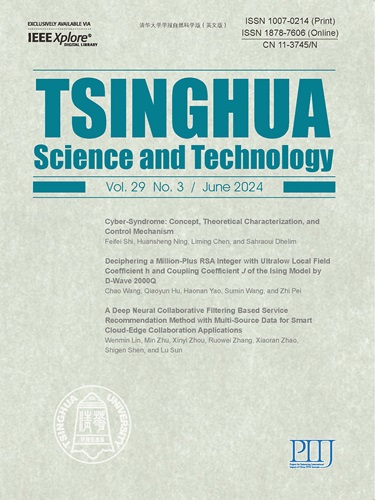CCDive:深入研究使用本地序列比对的代码克隆检测
IF 3.5
1区 计算机科学
Q1 Multidisciplinary
引用次数: 0
摘要
软件开发的快速发展凸显了现有代码克隆检测技术的不足。随着现代应用程序变得越来越复杂,传统的克隆工具往往难以检测经过定期修改的一般克隆和大间隙克隆。这些挑战对软件的完整性构成威胁,强调了改进代码克隆技术的迫切需要。观察到普遍存在的差距,我们提出了一种创新的代码克隆潜水(CCDive)代码克隆技术,该技术旨在检测范围广泛的克隆,从直接克隆到具有挑战性的大间隙克隆,彻底覆盖不同的类别,如非常强iii型,强iii型和中等iii型克隆。在CCDive中,逐级抽象和创新的相似性匹配算法的融合确保了即使在块中近一半的原始代码被修改时也能识别克隆。此外,通过集成Smith-Waterman局部序列比对,可以增强CCDive识别准确代码转换位置的能力。在综合评价中,将CCDive与知名的代码克隆技术进行了比较。CCDive的疗效通过精密度、召回率、f1评分、准确度和效率来衡量。CCDive在基于文件和基于功能的克隆检测的精密度、召回率、f1分数和准确度指标上始终优于其他技术。CCDive的强大性能强调了其有效性、可靠性、准确性和效率,使其非常适合现实世界中的实际应用。本文章由计算机程序翻译,如有差异,请以英文原文为准。
CCDive: A Deep Dive into Code Clone Detection Using Local Sequence Alignment
The rapid evolution of software development has accentuated the deficiencies of prevailing code clone detection techniques. As modern applications become more complex, traditional cloning tools often struggle to detect general and large-gap clones that undergo regular modification. Such challenges pose threats to software integrity, emphasizing the critical need for improved code cloning techniques. Observing the prevailing gap, we propose an innovative code clone dive (CCDive) code cloning technique, which is designed to detect an extensive range of clones, from direct clones to the often challenging large-gap clones, thoroughly covering different categories, such as very strongly Type-III, strongly Type-III, and moderate Type-III clones. In CCDive, the fusion of a level-by-level abstraction and an innovative similarity matching algorithm ensures the recognition of clones even when nearly half the original code in the chunk has been modified. Furthermore, by integrating the Smith-Waterman local sequence alignment, the capability of CCDive to spot exact code transformation locations can be enhanced. In a comprehensive evaluation, CCDive was compared with well-known code cloning techniques. The efficacy of CCDive was measured using precision, recall, F1-score, accuracy, and efficiency. CCDive consistently surpassed other techniques in the precision, recall, F1-score, and accuracy metrics for both file-based and function-based clone detection. The robust performance of CCDive emphasizes its effectiveness, reliability, accuracy, and efficiency, making it well-suited for practical applications in the real world.
求助全文
通过发布文献求助,成功后即可免费获取论文全文。
去求助
来源期刊

Tsinghua Science and Technology
COMPUTER SCIENCE, INFORMATION SYSTEMSCOMPU-COMPUTER SCIENCE, SOFTWARE ENGINEERING
CiteScore
10.20
自引率
10.60%
发文量
2340
期刊介绍:
Tsinghua Science and Technology (Tsinghua Sci Technol) started publication in 1996. It is an international academic journal sponsored by Tsinghua University and is published bimonthly. This journal aims at presenting the up-to-date scientific achievements in computer science, electronic engineering, and other IT fields. Contributions all over the world are welcome.
 求助内容:
求助内容: 应助结果提醒方式:
应助结果提醒方式:


